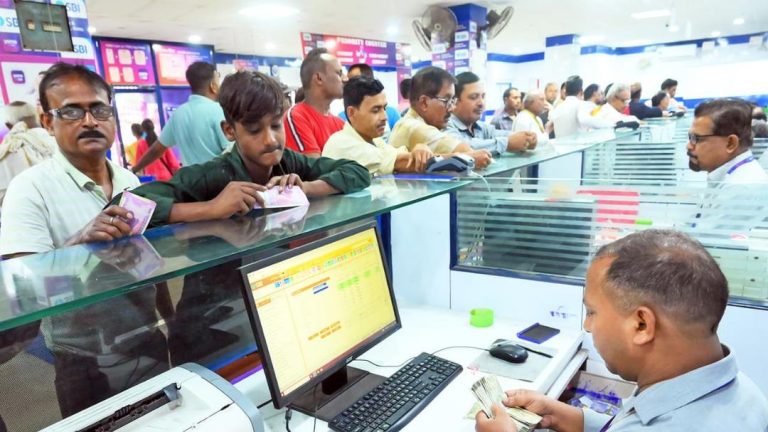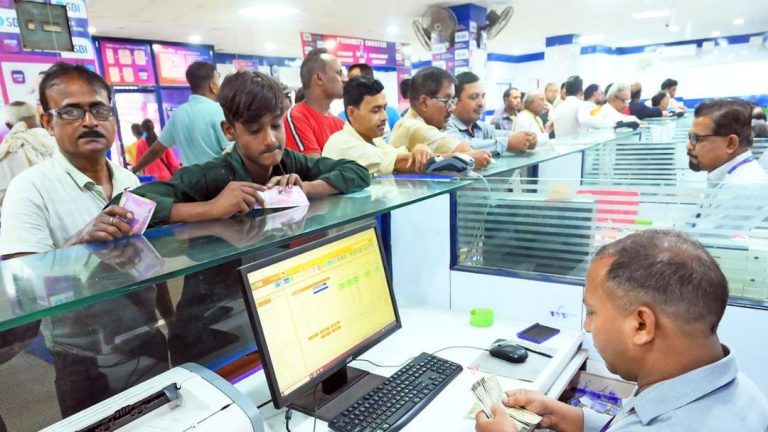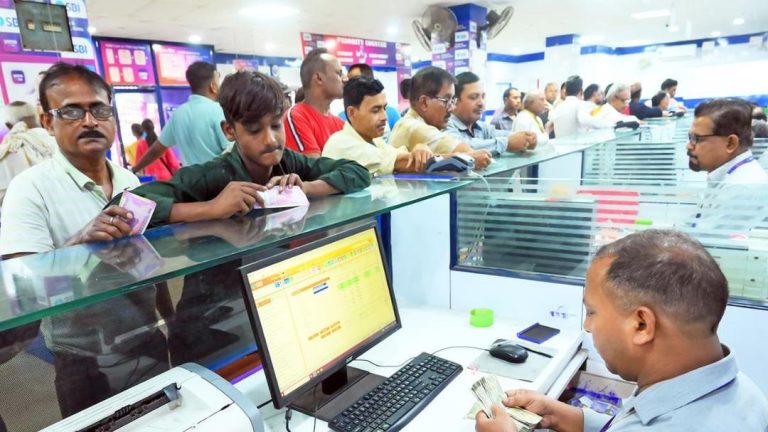
RBI’s Government Securities Holdings Jump to 14.2%: SBI Report
The Reserve Bank of India’s (RBI) share in government securities has witnessed a significant surge, reaching 14.2% in June 2025, up from 11.9% last year, according to a recent report by the State Bank of India (SBI). This substantial increase in the RBI’s holdings of government securities has sparked interest among market participants, as it may have implications for the bond market and overall liquidity in the financial system.
The SBI report highlights that banks have reduced their exposure to government securities, while insurance companies have maintained a stable holding. This shift in the ownership pattern of government securities is noteworthy, as it may influence the dynamics of the bond market. With the central and state governments slated to undertake heavy borrowings in the coming months, the bond yields may remain rangebound, as the demand for government securities is expected to be robust.
The RBI’s increased holdings of government securities can be attributed to its efforts to manage liquidity in the financial system. The central bank has been actively engaged in foreign exchange interventions, which have resulted in a tightening of liquidity. To counterbalance this, the RBI has been conducting Open Market Operations (OMO) to inject liquidity into the system. The OMOs involve the purchase of government securities from banks, which helps to release liquidity into the system and maintain stability in the bond market.
The surge in the RBI’s government securities holdings is also a reflection of the central bank’s strategy to manage the yield curve. By purchasing government securities, the RBI can influence the yield curve, which is essential for maintaining monetary policy stability. The yield curve is a critical indicator of the overall health of the economy, as it reflects the market’s expectations of future interest rates and inflation.
The SBI report also notes that the RBI’s foreign exchange interventions have been significant, which has resulted in a tightening of liquidity. The central bank has been intervening in the foreign exchange market to manage the value of the rupee, which has been under pressure due to global economic uncertainties. The RBI’s interventions have helped to stabilize the currency, but they have also resulted in a reduction in liquidity, which has been mitigated through OMOs.
The implications of the RBI’s increased holdings of government securities are far-reaching. With the central and state governments planning to borrow heavily in the coming months, the demand for government securities is expected to be robust. This may lead to a surge in bond yields, which could have implications for the overall cost of borrowing in the economy. However, the RBI’s active management of the bond market through OMOs and other measures is expected to maintain stability in the yield curve.
In conclusion, the RBI’s increased holdings of government securities, as reported by the SBI, is a significant development that may have implications for the bond market and overall liquidity in the financial system. The central bank’s efforts to manage liquidity and the yield curve are critical for maintaining monetary policy stability, and its actions will be closely watched by market participants in the coming months.
As the economy continues to navigate through challenging times, the RBI’s role in managing the financial system will be crucial. The central bank’s ability to balance the demand for government securities, manage liquidity, and maintain stability in the bond market will be essential for ensuring the overall health of the economy. With heavy central and state borrowings ahead, the bond yields may stay rangebound, and the RBI’s actions will be critical in determining the trajectory of the yield curve.
The RBI’s increased holdings of government securities are a testament to its commitment to maintaining stability in the financial system. As the central bank continues to navigate through complex economic conditions, its actions will be closely watched by market participants, and its ability to manage the bond market and overall liquidity will be essential for ensuring the overall health of the economy.






